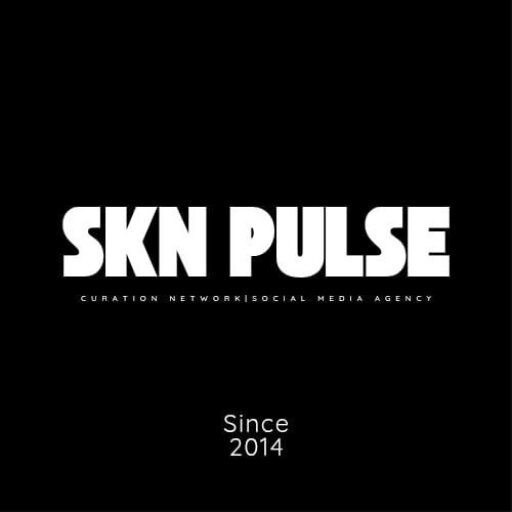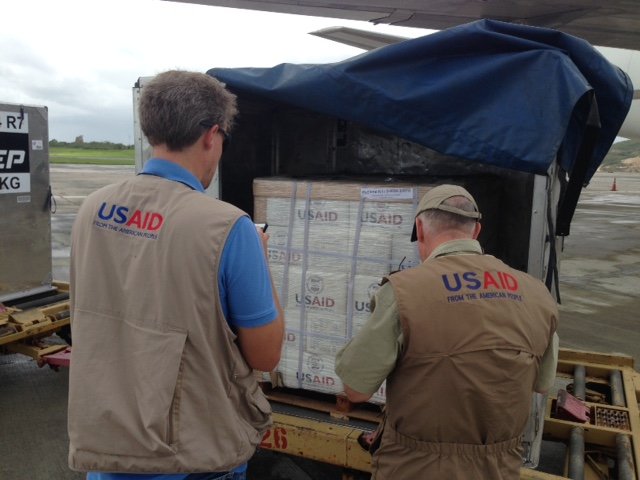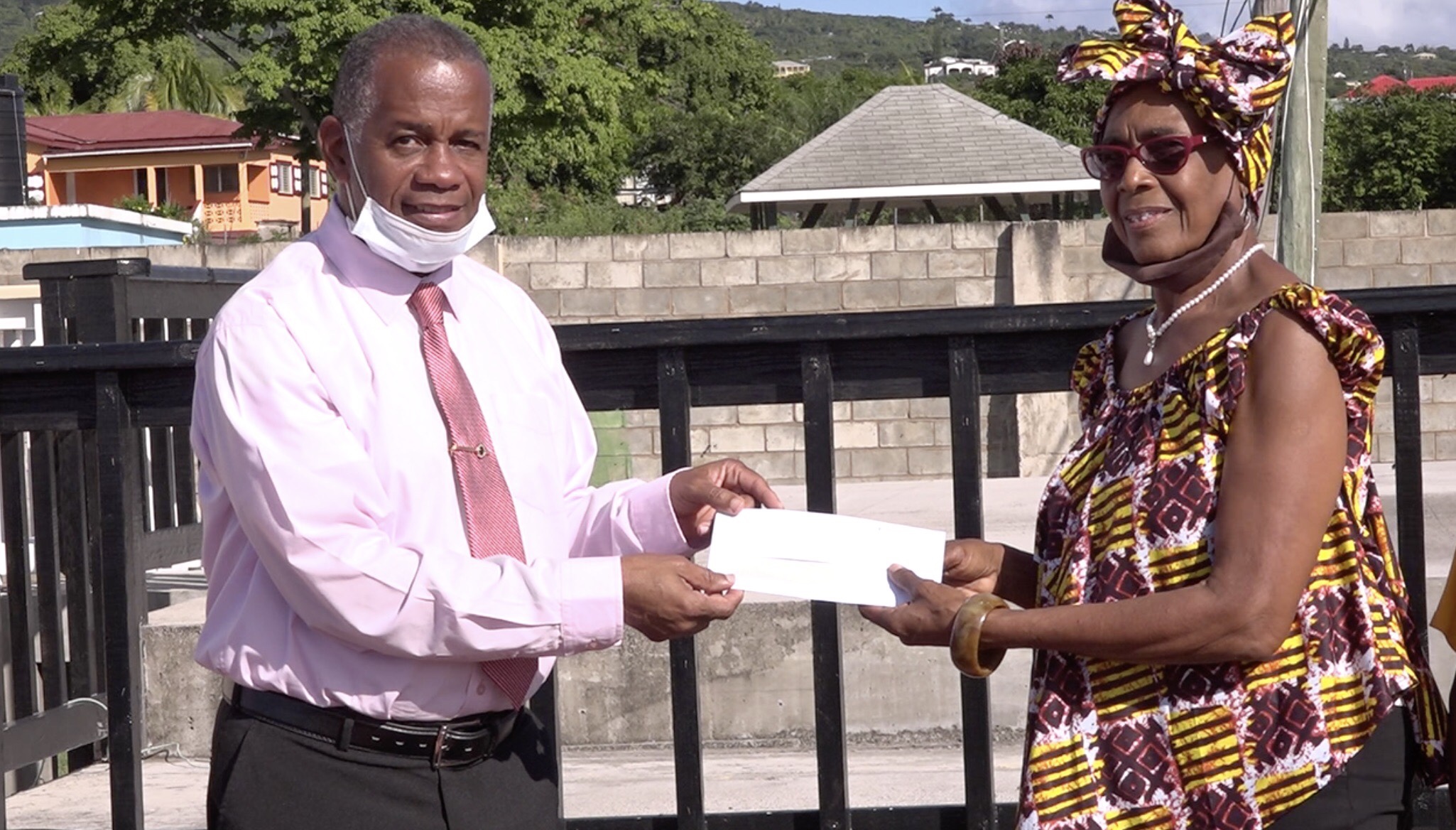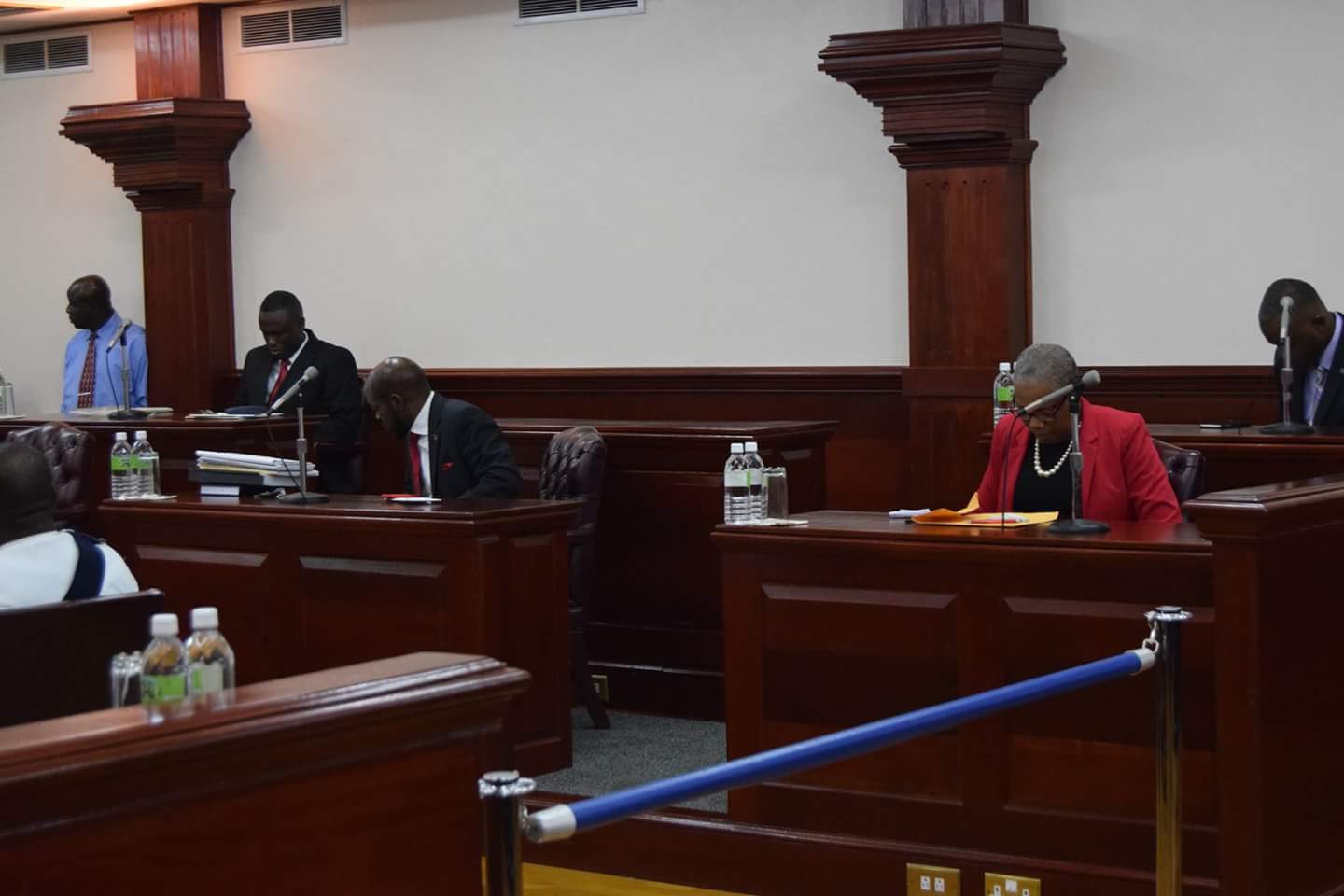
Bird Rock, Basseterre, St.Kitts: The St. Christopher Air & Sea Ports Authority (SCASPA) in collaboration with the St Kitts Customs and Excise Department (CED) has implemented new covid-19 safety cargo clearance procedures to facilitate the quick release of cargo specifically for the December 2020 peak season.
An integral part of the New Covid-19 Cargo Clearance procedure is its Cargo Examination/management; to reduce contact with the general public and ensure the continuity of the operation, all personal cargo will now be pre-examined and assessed by both SCASPA and CED prior to the Customers’ arrival to clear them. Cargo assigned to the students at the Medical Schools will now be examined and assessed offsite.
The Agents and Shippers are now tasked with the responsibility to;
- Submit/upload their manifest and riders in a timely manner to both SCASPA and Customs 48 hours prior to vessel arrival.
- Inform the customer of the time when their cargo would be ready and available for release through the online (SCASPA) Port Portal https://www.scaspa.com/cargo/
- Provide shipping information to the CED, including invoices. This will allow for the CED to assign early charges to the Customer to facilitate payment. Customers will pay for their goods on compound in the SCASPA waiting area.
Customers will now access the Customs and Port Authority via the following new process for the clearance of cargo;
Step 1: NEW Assemble Point. Customers will assemble at the empty lot adjacent to the Customs entry point at Bird Rock which has transformed into a comfortable screening section with tents and barricades for Customers seeking entrance into the compound. Adequate parking space is also available.
Step 2: Covid-19 Safety Protocols. Customers are required to wear a face mask, sanitize their hands, and have a temperature check before entering the line.
Step 3: Documents for goods. Once entrance to the line is permitted, customers will then present their documents to the Customs Officers, who will then confirm the availability of their goods.
In the event the cargo is unavailable for clearance, the Customs Officer will provide a copy of a pamphlet, which provides information about the availability of cargo, using the SCASPA website (https://www.scaspa.com/cargo/) and the customs hotline (TBA).
Persons are not be permitted to wait in area if cargo is not available.
Step 4: Ticket number issued. Once your cargo is available for clearance, the customer is required to present a government issued ID to the Customs Officer. A ticket number will then be issued to signify order of entrance into the Customs/SCASPA shed.
Customers are advised not to leave the area with the number given and in any event the customer is not present when the number is called, the process will have to be repeated and a new number will be allotted.
Step 5: Entering the Customs Compound. A Customs representative is positioned at the entrance to check for the ticketed number and inform customers when it is their turn to enter the compound to clear their goods.
Step 6: Hold on to your number. To maintain order and fairness in the processing of customers, the number given to the customer by the CED will be recognized throughout the clearance process.
Step 7: Walk-in ONLY. The Customer will be permitted to enter the compound by foot. No vehicles would be allowed onto the facility without a gate pass.
It is important to note that no more than (ten) 10 Customers will be allowed to enter the compound at any one time. Special preferences will be given to the elderly, Medical personnel, and essential workers (with ID). CHILDREN ARE NOT ALLOWED TO ENTER THE COMPOUND.
As facilitators of trade, the St. Christopher Air & Sea Ports Authority (SCASPA) has made a significant stride to execute the speedy release of cargo with the erection of two (2) temporary Transit Sheds added to the operation; Temporary Transit Shed 5 is located on the outside of Transit Shed 1 while Temporary Transit Shed 4 is located at the container offloading platform situated next to Shed 2.
Transit Shed 1 & Temporary Transit Shed 5 Operates Commercial cargo. All cargo from the King Ocean vessels (commercial/personal) is now released at Shed 2 at the lawn adjacent to the concrete slap.
Transit Shed 2 & Temporary Transit Shed 4 Operates Personal Cargo ONLY while
Transit Shed 3 continues to operate all air cargo.
At each Transit Shed, customers are processed by the following:
- Upon entering the Customer section of the Transit Shed, the Customer is directed to sanitize their hands by utilizing the Hand Sanitizing Dispenser that is located at the entrance of the facility.
- The Customer is then proceeded to the Waiting Lounge and join in line where they will be required to observe the social distancing protocol by adhering to the signs and markings on the floor. No more than 10 Customers are allowed inside the Waiting Lounge.
- At the counter, the Customer will present their document to the Customs Cashier.
- The Customs Cashier will then examine the documents to ensure that they are in order and collect any outstanding charges owed by the Customer.
- After the Customer would have paid all outstanding customs dues, the Cashier will then issue a receipt to the customer and the customer will move on to the port cashier.
- The Customer will present their documents to the Port Cashier and the Port Cashier will examine the documents, to ensure that they are in order and collect any charges owed by the Customer.
- After the Customer would have paid all port charges, the Cashier will then give a receipt and a Gate Pass to the Customer.
- The Cashier will then give a ticket to the handyman who will then proceed to the back of the Transit Shed to retrieve the cargo. It is the desire that the provision of information by CED concerning consignments of waiting customers, will allow consignments to be brought forward prior to customers reaching the customer section of the port office.
- The Customer will then be directed to sit and wait while their cargo is being retrieved.
- After the cargo has been retrieved, the Customer will then be called to collect their cargo.
- If the Customer has their own vehicle, then the customer will proceed back out to the Security Gate where they will show the Gate Pass to the Officers at the Security Gate. The Officer will then allow the Customer to reenter the compound with their vehicle to collect their cargo.
- Any additional person entering with the Customer will be screened at the access point. They will be required to wear a mask, sanitize their hands, and take a temperature check prior to entrance.
- The Customer will then reenter the Transit Shed and give their Gate Pass to the SCASPA Security Officer (SO).
- A handyman or the Forklift Operator will then take the cargo outside to the Customer’s vehicle.
In the case that the Customer chooses to use the services of a Trucker, then the Customer will identify the Trucker and the Handyman/Forklift Operator will take the cargo to the Trucker’s vehicle.
To more efficiently serve the general public during this busy season, SCASPA in joint forces with the St. Kitts Customs & Excise Dept, have extended Opening hours from;
Monday 7th – Friday 11th December: 8:00 a.m -5:00 p.m.
Monday 14th – Friday 18th December: 8:00 a.m -6:00 p.m.
Saturday 12th & 19th December: 8:00 a.m -1:00 p.m.
The newly established Covid-19 cargo clearance procedures were designed to uniquely develop new means of cargo clearance for all parties of the clearance process including agents/shippers, SCASPA Cargo Operation personnel, Truckers, Customs Officers and ultimately the Customers.
This new arrangement seeks to address the many obstacles encountered by both Customs and SCASPA in previous years with the massive increase of cargo during the Christmas season, also known as the peak season.
In recent times, within the context of Covid-19, these new procedures are intended to guide the way forward in achieving the main objective, which is, the timely and safe clearance of cargo.









